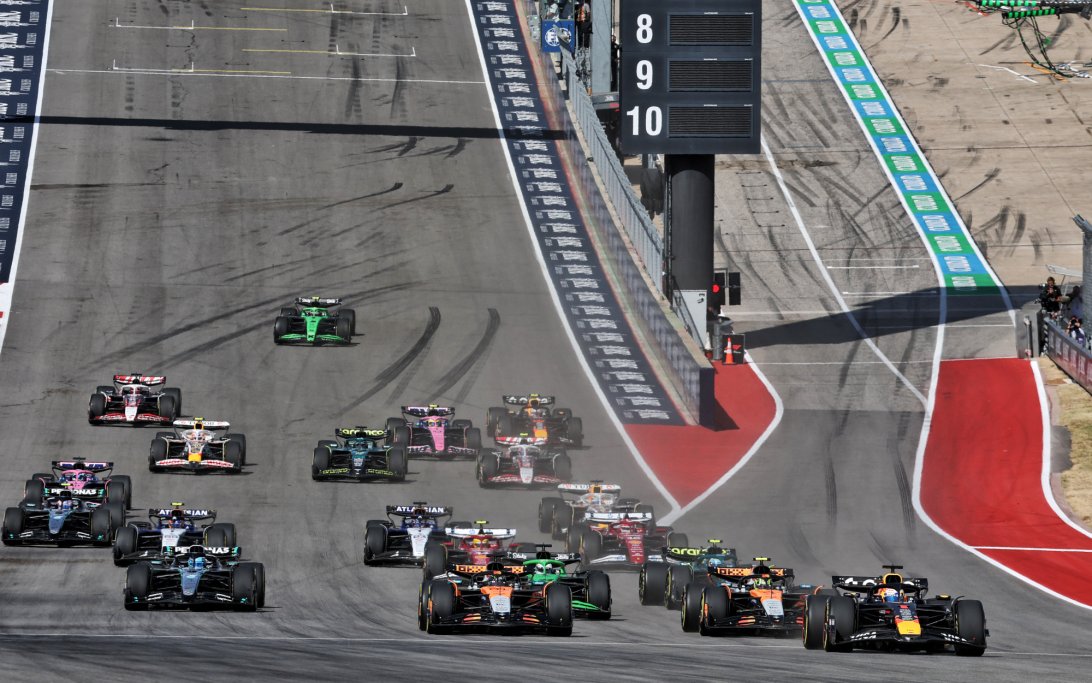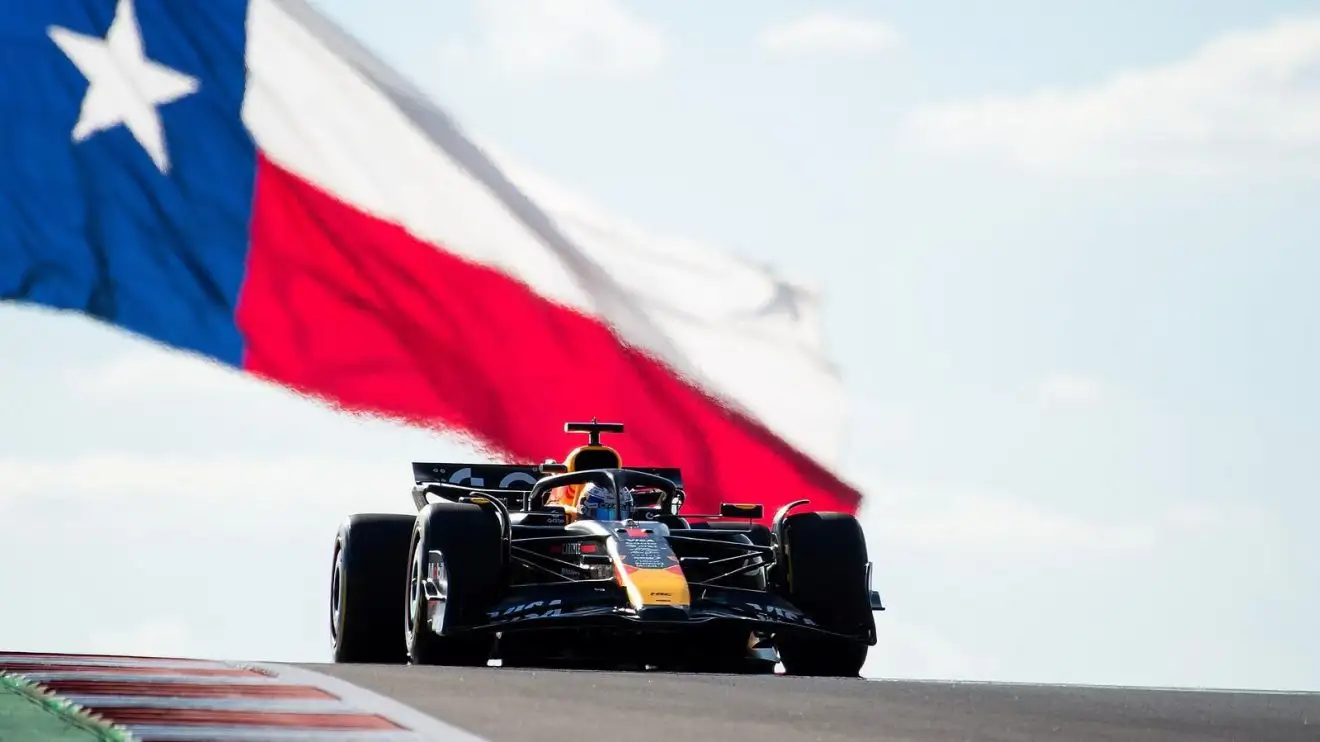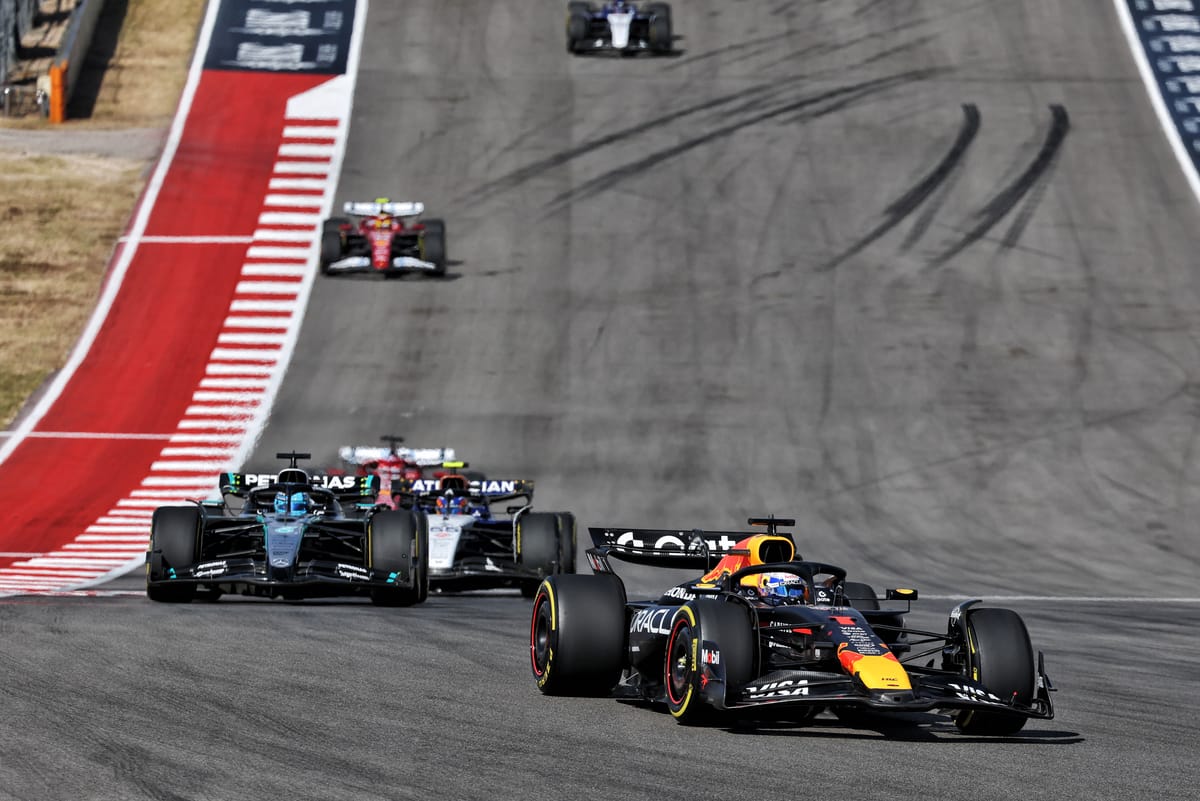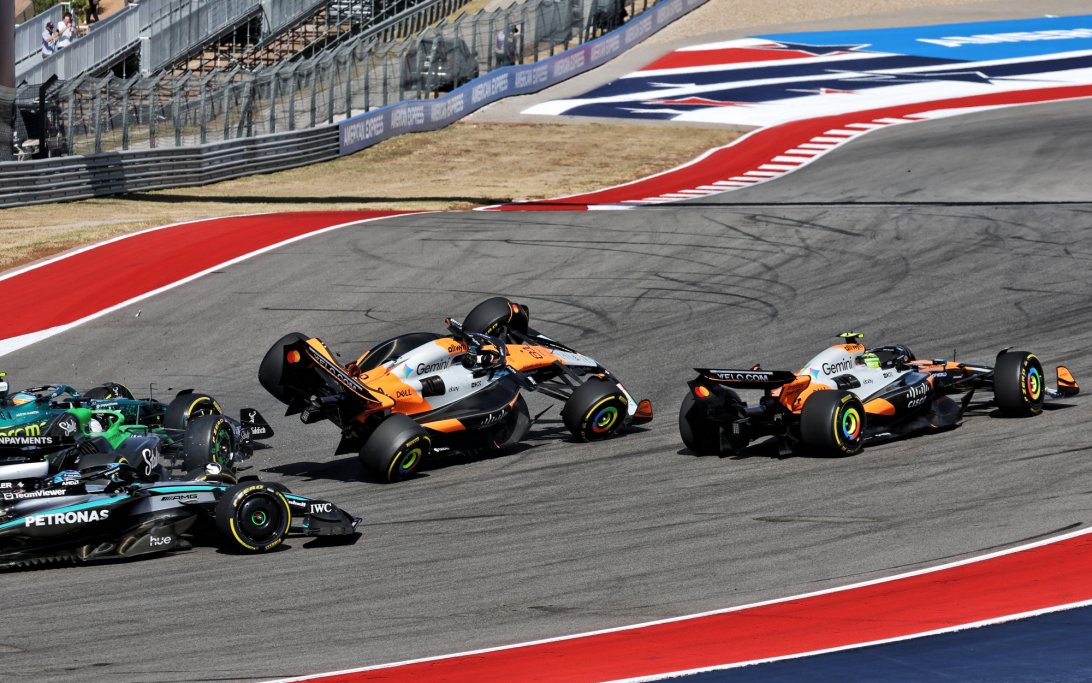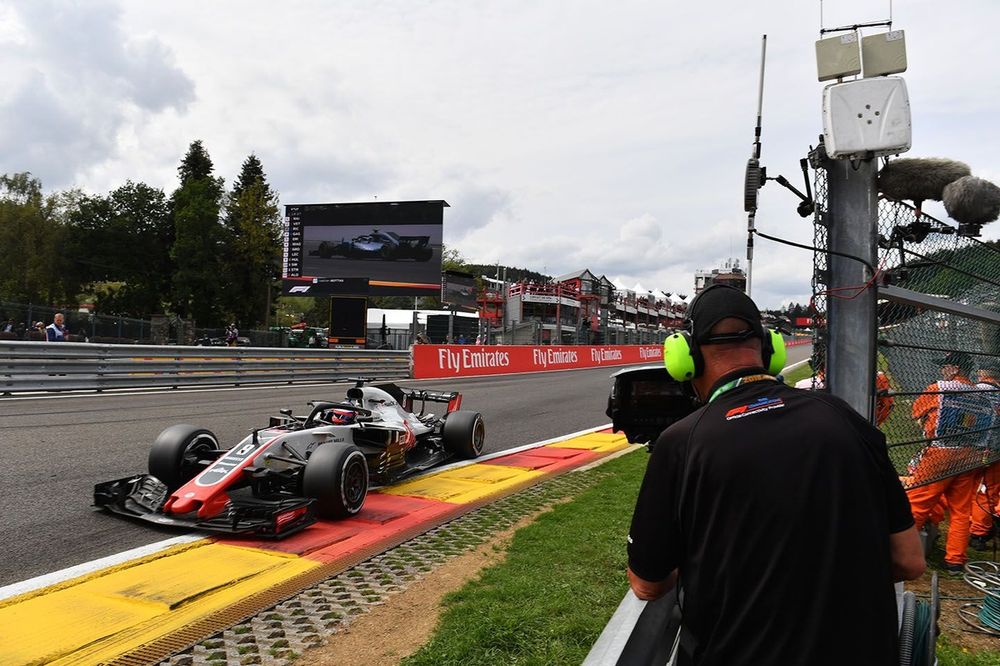
F1 TV: How Formula 1 Transformed into a Billion-Dollar Broadcast Empire
Formula 1 has evolved from a niche sport into a global commercial powerhouse, largely thanks to its strategic approach to television broadcasting. What was once seen as a detriment to ticket sales has become a multi-billion dollar business, with recent reports valuing Apple's new five-year US broadcast deal at approximately $140 million annually.
Why it matters:
Bernie Ecclestone, despite his later resistance to digital trends, was the visionary who transformed F1's commercial landscape by recognizing the untapped potential of television. His innovations laid the groundwork for the sport's current financial success and global reach, setting a precedent for how major sports leagues manage their media rights.
The early days of F1 on TV:
- Early motor racing coverage predates widespread TV ownership, primarily appearing in newsreels at cinemas.
- Post-WWII, national broadcasters began experimenting with live sports and highlights, often using primitive telerecording methods.
- Defining precise broadcast schedules from this era is challenging due to lost or degraded footage and the common practice of wiping expensive early videotapes for reuse.
- For example, the 1953 British Grand Prix coverage on BBC's Radio Times focused more on horse racing, with only short 'excerpts' from Silverstone and a telerecording later in the evening.
- Complete race coverage was rare, with fragmented schedules and intermittent broadcasting depending on national interest or driver popularity.
Ecclestone's Commercial Revolution:
- Before Ecclestone, individual race promoters held significant commercial power, often fearing that TV broadcasts would reduce ticket sales.
- The 1970s Shift: Ecclestone, with Max Mosley, united teams under the Formula One Constructors' Association (FOCA) to centralize commercial power.
- Broadcasters often resisted prominent car sponsorships; famously, the BBC walked out of the 1976 Race of Champions due to John Surtees' Durex logos.
- The 1976 Japanese Grand Prix, the first F1 race outside Europe broadcast live by satellite, highlighted the commercial risks for broadcasters when races faced delays.
- The Concorde Agreement: After a political battle between FOCA and the FIA, the 1981 Concorde Agreement granted FOCA the right to negotiate TV contracts. Ecclestone formed Formula One Promotions and Administration (FOPA, later FOM) to manage these lucrative deals.
Package deals and Global Expansion:
- Ecclestone began selling F1 as a complete package, securing commitments from broadcasters for entire seasons rather than individual races.
- He enforced strict operational standards: uniform truck parking, proper motorhomes, standardized trackside signage, and punctuality for start times.
- By the 1990s, FOM took world TV feed production in-house to ensure consistent quality, gradually phasing out local broadcasters.
- Exploding Value: Global interest drove contract prices sky-high. ITV's 1997 bid for British rights was six times higher than the BBC's previous deal, and Sky's 2012 deal was reportedly £200 million annually.
- Apple's recent $140 million per year US deal continues this trajectory, with expectations for Apple to significantly enhance F1 coverage, unlike previous US broadcasters.
F1 Digital Plus: A premature venture:
- Ecclestone's one notable misstep was F1 Digital Plus, a pay-per-view service launched in 1996.
- It offered advanced coverage with separate commentary and in-car channels but suffered from poor subscriber uptake due to high prices (£12 per race in the UK in 2001).
- The expensive, dedicated on-site production facility (staffed by ~200 people) proved unsustainable, leading Ecclestone to scrap the project by 2002, concluding it was 'too early'.
- This experience fostered Ecclestone's long-standing aversion to new, 'free' digital technologies until Liberty Media acquired F1 in 2016 and ushered in a new era of digital engagement.
Original Article :https://www.motorsport.com/f1/news/going-live-how-f1-tv-became-a-billion-dollar-...




